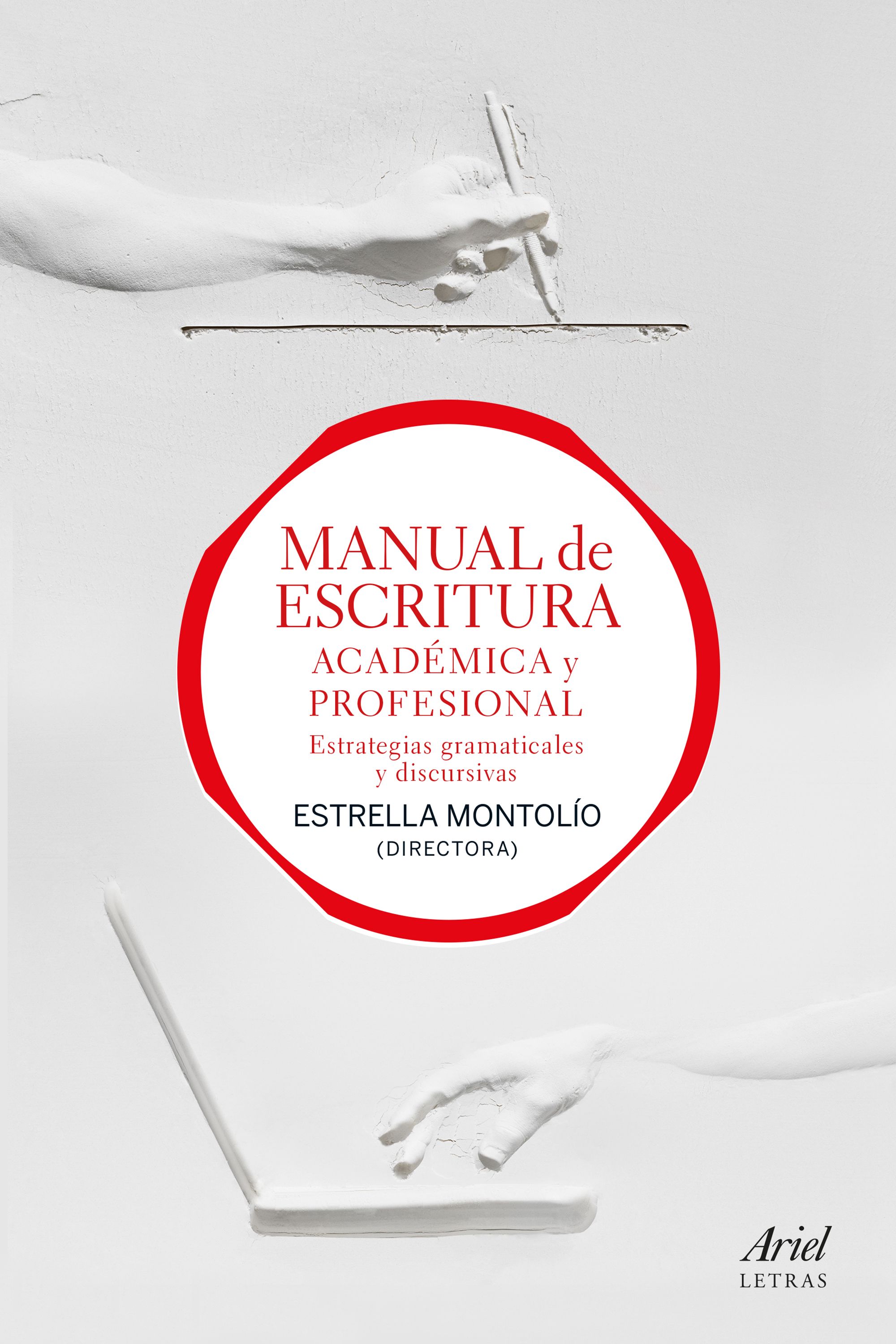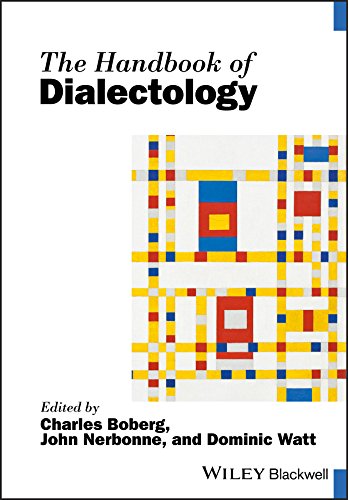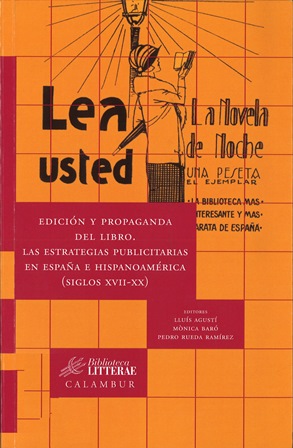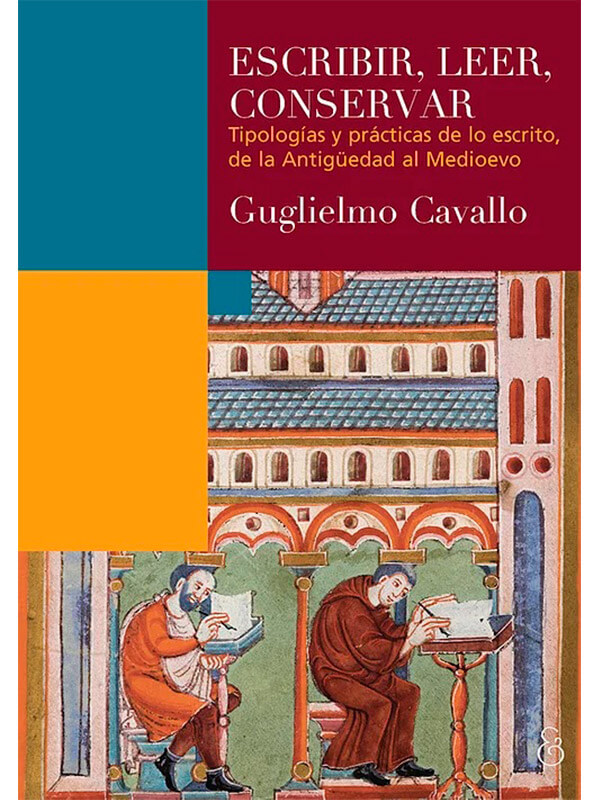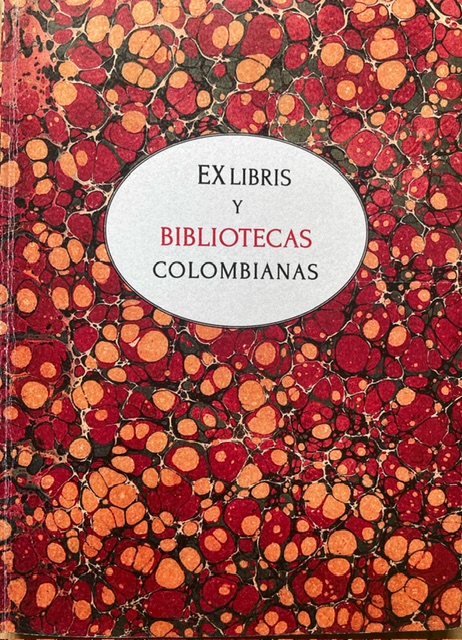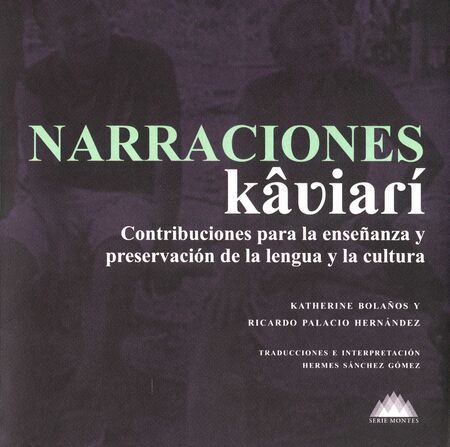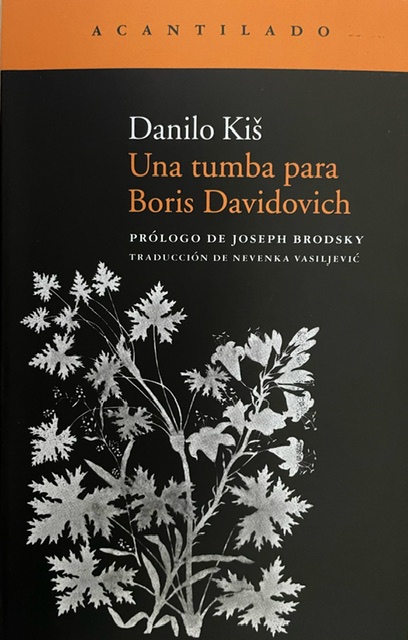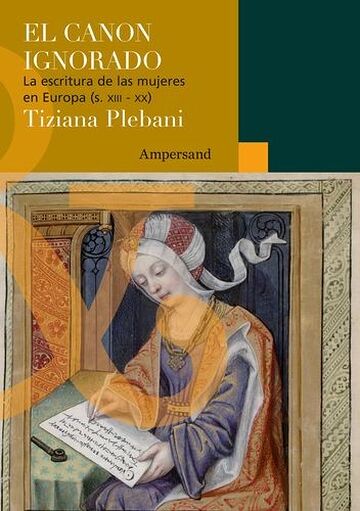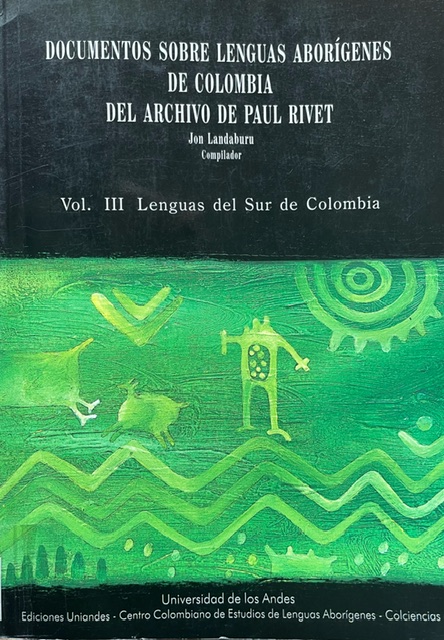| 000 -Líder |
|---|
| Campo de control de longitud fija |
019790000a22002890004500 |
| 003 - Identificador del número de control |
|---|
| campo de control |
CO-BoICC |
| 005 - Fecha y hora de la última transacción |
|---|
| campo de control |
20171218154900.0 |
| 008 - Elementos de longitud fija -- Información general |
|---|
| Campo de control de longitud fija |
200909s1999||||enk|||||r|||||||||||eng d |
| 020 ## - ISBN |
|---|
| Número Internacional Normalizado del libro (NR) |
0631218149 (acidfree paper) |
| 020 ## - ISBN |
|---|
| Número Internacional Normalizado del libro (NR) |
0-631-21815-7 (pbk.) |
| 040 ## - Fuente de catalogación |
|---|
| Agencia de catalogación original |
CO-BoICC |
| Idioma de catalogación |
spa |
| 041 0# - Código de idioma |
|---|
| Código de idioma para texto/pista de sonido o título separado |
eng |
| 082 04 - Número de clasificación decimal Dewey |
|---|
| Número de clasificación |
427 |
| Signatura librística |
T866d 2 ed. |
| Número de la edición |
21 |
| 100 1# - Entrada principal -- Nombre personal |
|---|
| Nombre personal |
Trudgill, Peter |
| 245 14 - Mención del título |
|---|
| Título |
The dialects of England / |
| Mención de responsabilidad, etc. |
Peter Trudgill |
| 250 ## - Mención de edición |
|---|
| Mención de edición |
2 ed. |
| 260 ## - Publicación, distribución, etc. (Pie de imprenta) |
|---|
| Lugar de publicación, distribución, etc. |
Oxford, : |
| -- |
Malden, Mass. : |
| Nombre del editor, distribuidor, etc. |
Blackwell Publishers, |
| Fecha de publicación, distribución, etc. |
1999 |
| 300 ## - Descripción física |
|---|
| Extensión |
x, 154 p. : |
| Otros detalles físicos |
il., mapas ; |
| Dimensiones |
21 cm. |
| 500 ## - Nota general |
|---|
| Nota general |
Índice de materias: p. 141-154 |
| 500 ## - Nota general |
|---|
| Nota general |
Peter Trudgill's "The dialects of England", now in its second edition, is a very helpful book for all those who want to familiarize themselves with the subject matter.The book is written on a level that is also suitable for non-linguists, although it can easily be used as a course book, too (and, in fact, I got to know it that way).The first chapter, "Language Variety in England", is a general introduction and worth reading for beginners.The follwoing two chapters deal with the pronunciation of a)traditional and b) modern dialects, a distinction that is at the core of Trudgill's book.The fourth chapter deals with selected areas of grammar and its variation in dialectal English. All main features are mentioned, but if one is interested in grammar, this is not the book to turn to (and it's not intended as such).The last chapter gives an overview of dialect words.All in all, Trudgill offers a "light reading" (136 pages) for all those who didn't even know that there ARE dialects in England, and also manages to give a good introduction from which the linguist can proceed (sources & further reading) |
| 504 ## - Nota de bibliografía, Etc. |
|---|
| Nota de bibliografía, Etc. |
Bibliografía: p. 194-198 |
| 650 17 - Asiento secundario de materia -- Término temático |
|---|
| Término temático o nombre geográfico como elemento de entrada |
INGLÉS |
| Subdivisión general |
DIALECTOS |
| Subdivisión geográfica |
INGLATERRA |
| Fuente del encabezamiento o término |
LEMB |
| 650 17 - Asiento secundario de materia -- Término temático |
|---|
| Término temático o nombre geográfico como elemento de entrada |
INGLÉS |
| Subdivisión general |
ASPECTOS SOCIALES |
| Subdivisión geográfica |
INGLATERRA |
| Fuente del encabezamiento o término |
LEMB |
| 651 #7 - Asiento secundario de materia -- Nombre geográfico |
|---|
| Nombre geográfico |
INGLATERRA |
| Subdivisión general |
IDIOMAS |
| Fuente del encabezamiento o término |
LEMB |
| 901 ## - LOCAL DATA ELEMENT A, LDA (RLIN) |
|---|
| b |
JEAM |
| c |
JEAM |
| 942 ## - Tipo de Material (KOHA) |
|---|
| Tipo de Item |
Libros |




